On the first day of the immersion course in New York City, we started our morning by traveling to the Federal Reserve using the subway system. After a short break, we headed to Brown Brothers Harriman to get a deeper look at the 200-year-old private bank. At the end of the day, we went to J.P. Morgan to meet with seven bankers, who shared their experiences in and knowledge of the banking system.
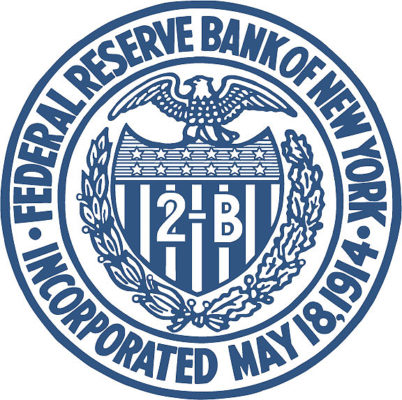
We went to the Federal Reserve Bank of New York in the morning. It was a great tour for us to understand the U.S. financial system, and we had the privilege to enter the vault to see some of its gold reserves. From the tour, we know that the Federal Reserve system consists of 12 regional Reserve Banks and a Board of Governors in Washington, D.C. The creation of Federal Reserve System was not easy: it took the government three attempts to finally establish the system in 1913. The major responsibilities of the New York branch are implementing monetary policy, supervision and regulation, international operation, and to provide financial services. The system has evolved over time; for example, after the financial crisis in 2008, the Federal Reserve Bank started to tighten regulations. Today, large financial institutions like Goldman Sachs are also subject to the regulation of the Federal Reserve.

Welcomed by Mr. W. Carter Sullivan, Partner of the Private Banking department, we arrived at Brown Brothers Harriman & Co. (BBH), the only partnership bank in the US. Mr. Sullivan reviewed the history of the firm and introduced us to the major business lines of the company, which are investor services, investment management, and private banking. He emphasized their investment strategy of focusing on downside risk, which was derived as a result of their investors’ high requirement of liquidity and safety. Following him, Mr. Win Thin, Senior Vice President of Investor Services, presented an inspiring discussion on issues including the new normal of the world economy, reasons emerging markets remain under pressure, and the primary risks for the world economy in the near future. After a macro view of the world, we moved on to the Private Banking department. Mr. Michael L. Vellucci and Mr. Lewis Hart, both vice presidents in the Corporate Lending Department, talked about their customers’ borrowing needs and the application of their investment strategy: by focusing on companies with strong financial statements, excellent earning records, good collateral, risk hedging, and not sharing the profits of their investors, in order to avoid overaggressive investing behaviors. Another thing worth mentioning is the reason the bank puts capital financing and wealth management under the same roof: They believe that excellent capital financing services will result in good relationships with their customers, and leads to demand for more services, such as advisory services and wealth management.
 Being able to spend a few hours at the JP Morgan office was extremely insightful. The visit offered us insight into the investment bank from various angles, such as the career path of sales and trading, the working life of a corporate treasury, and the authoritative data for the industries. Mr. Chad Parson, Managing Director of ABS Special Opportunities, gave us a brief introduction of JP Morgan and the general overview about early investment banks. In the round table discussion, seven professionals from JP Morgan shared first-hand industry experience with us.
Being able to spend a few hours at the JP Morgan office was extremely insightful. The visit offered us insight into the investment bank from various angles, such as the career path of sales and trading, the working life of a corporate treasury, and the authoritative data for the industries. Mr. Chad Parson, Managing Director of ABS Special Opportunities, gave us a brief introduction of JP Morgan and the general overview about early investment banks. In the round table discussion, seven professionals from JP Morgan shared first-hand industry experience with us.
These three visits helped us to build a general perspective of how the relationship between the federal government and financial markets has evolved over time. The speakers in each visit helped us to construct a comprehensive understanding of various sectors in the banking system during their lectures. This is an unforgettable experience, and we are looking forward to learning more from the remaining visits.
Guest Bloggers: Yi (Neo) Li, Mengxiao Fan, Zhipeng Liu, Wanxing (Vera) Wang (GMF 2016)
This is a series of blogs chronicling the experiences of 41 Global Master of Finance (GMF) dual degree students during their two week immersion course in New York and Washington, DC. Each blog will be written by a small subset of students during their experience.





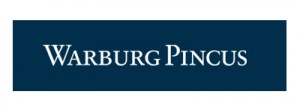 The next presentation came from Jim Wilson and Dr. Ruediger Stuecke from
The next presentation came from Jim Wilson and Dr. Ruediger Stuecke from 
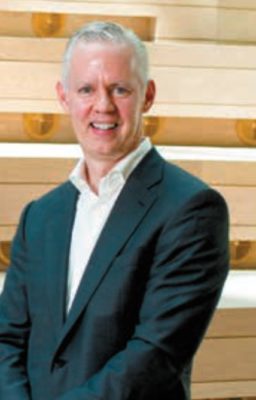



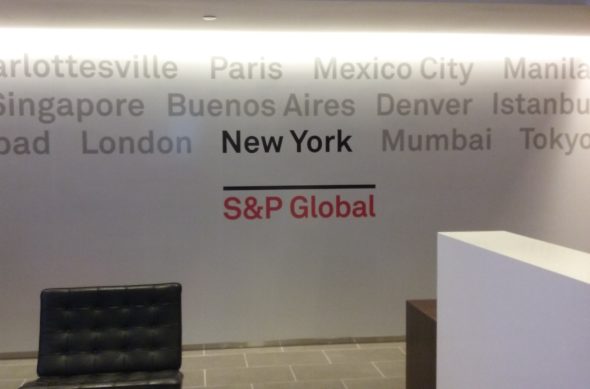 In the afternoon, we went to
In the afternoon, we went to  (Director in US Public Finance), and James Fielding (Senior Director in Corporate and Government Ratings).
(Director in US Public Finance), and James Fielding (Senior Director in Corporate and Government Ratings).


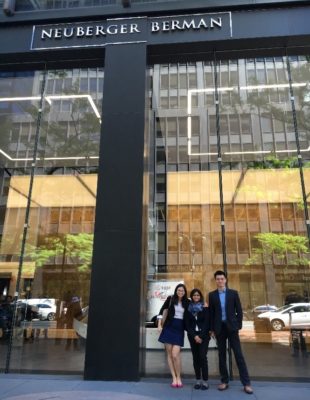

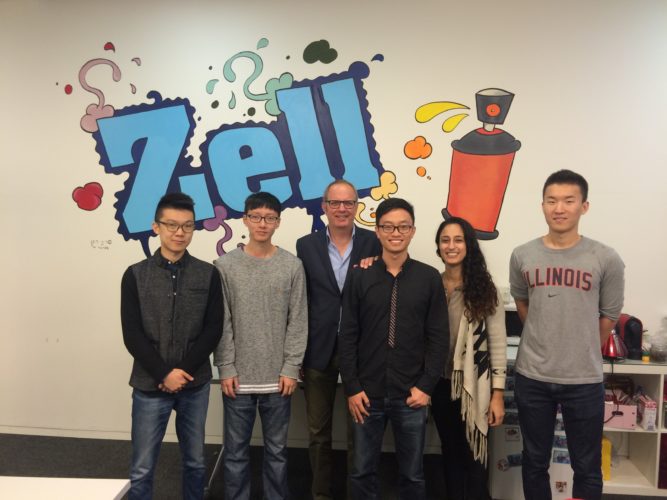
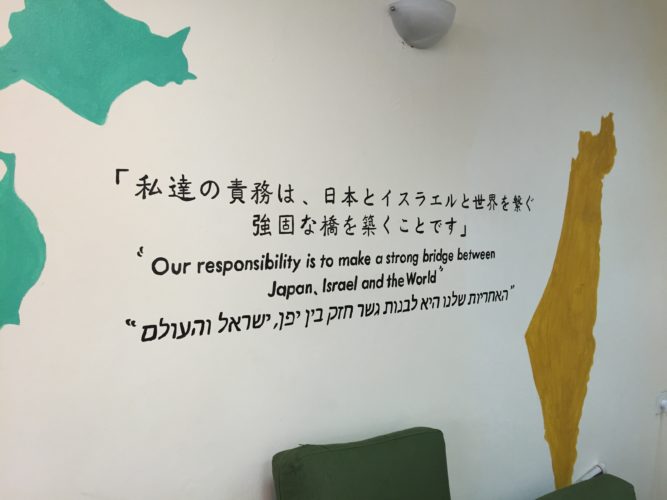
 Founded in Tokyo, Samurai House is the largest startup accelerator in Japan. It shares the same goal with StartupEast to connect the startup and innovation ecosystems of Asia and Israel.
Founded in Tokyo, Samurai House is the largest startup accelerator in Japan. It shares the same goal with StartupEast to connect the startup and innovation ecosystems of Asia and Israel.